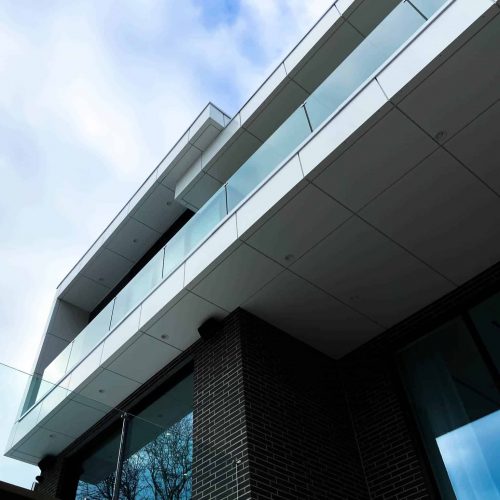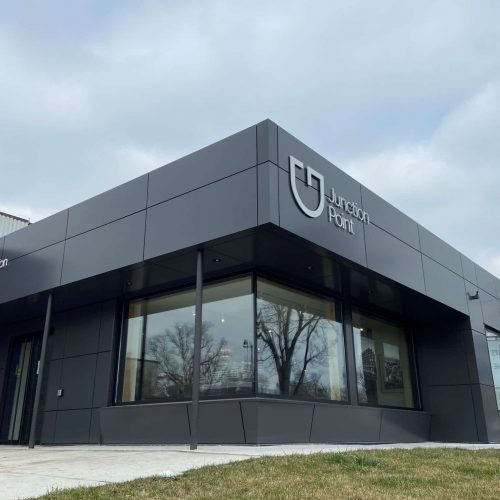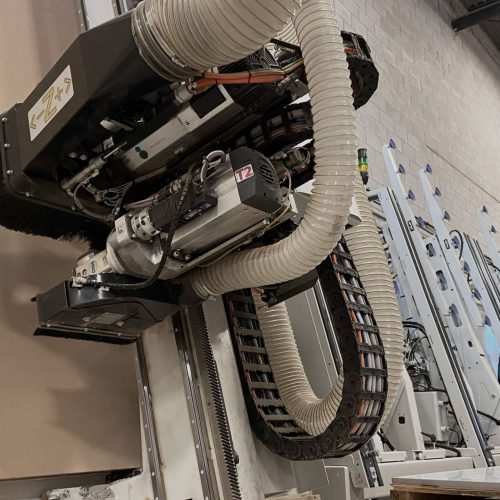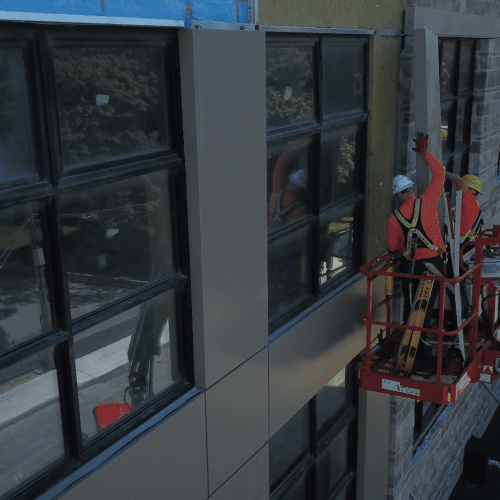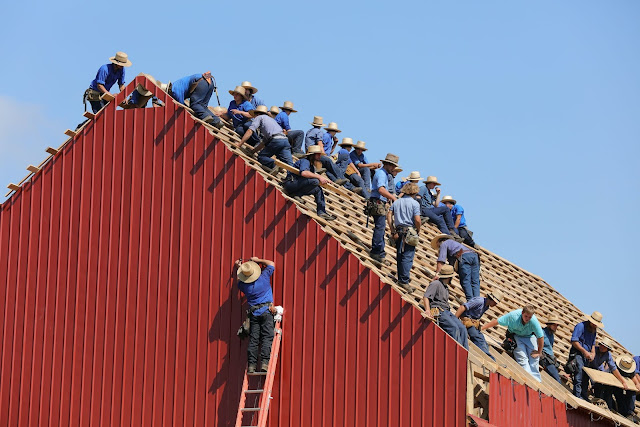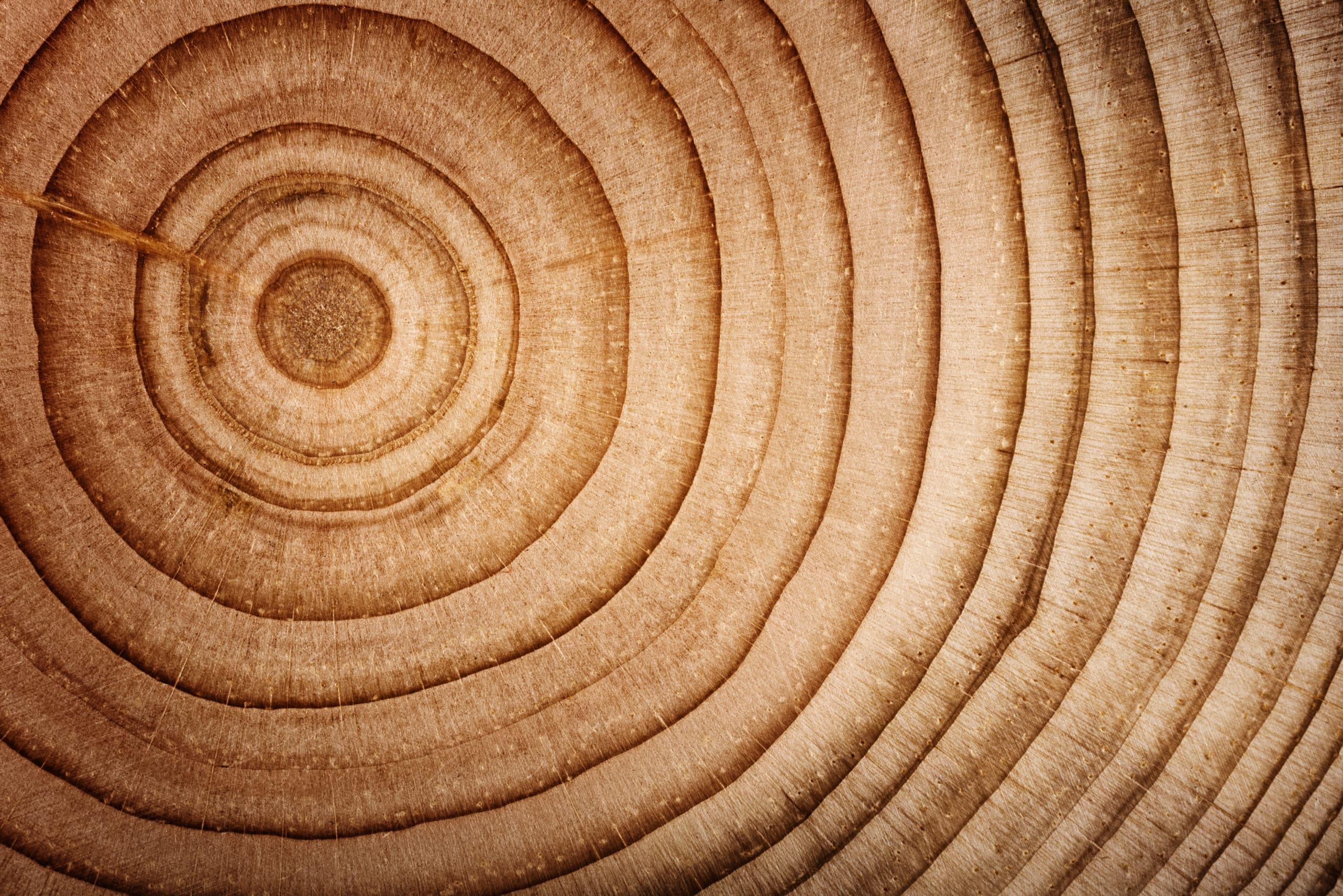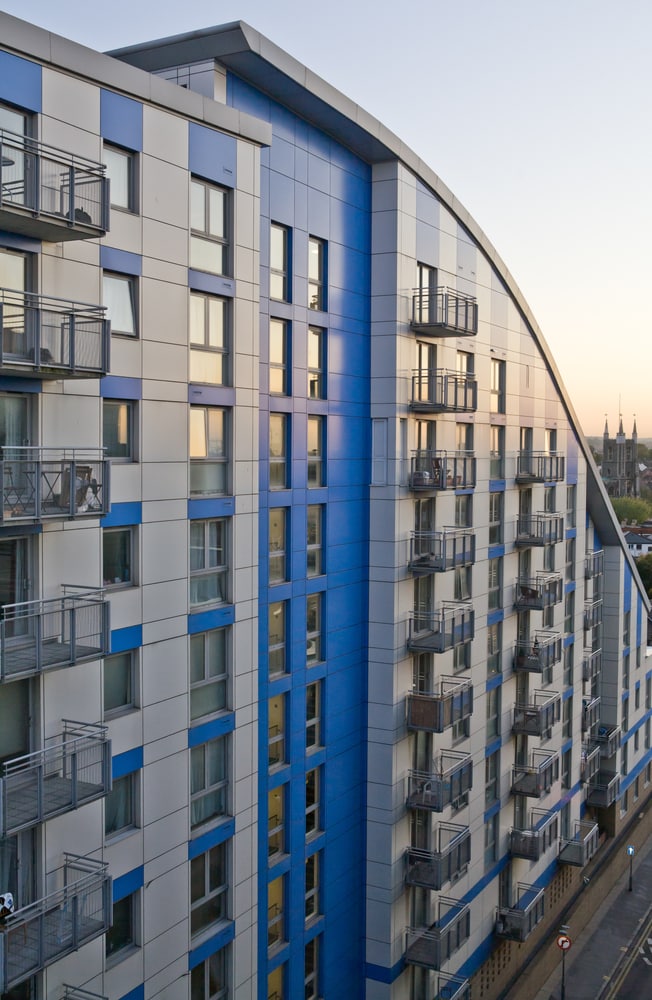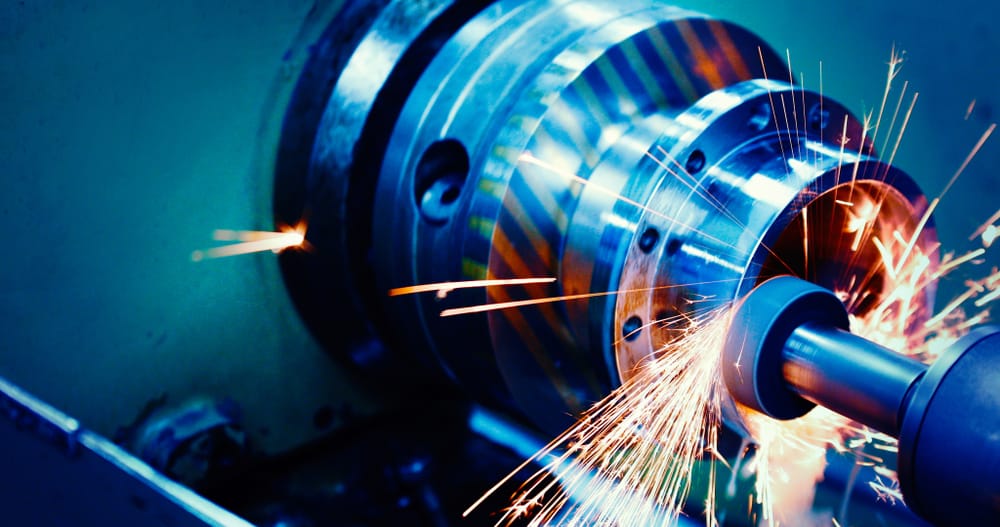The risk of a fall is the most preventable danger that has been associated with the trades industry. Falls account for 33.5% of injuries on construction sites annually. Particularly, jobs that require the aid of a ladder or scaffold are most affected. These include roofing workers, wall panel contractors, aluminum cladding installers, and positions where there is a higher probability of a fall.
Despite technological innovations in the industry and improvements made to lift machinery, scaffolds are still universally used. In 2018, workers’s fatalities, caused by scaffold related negligence, accounted for 15% in Ontario, Canada. Many aluminum composite material (ACM) installers and other cladding subcontractors who use scaffolds frequently face a variety of life-threatening risks such as falls, electrocutions, and the danger of being struck by an object from above.
To keep workers safe and potentially save lives, scaffolds must be secured at the on-set and the level of stability must be checked regularly. Site supervisors, team leads, and workers need to be trained on its proper use, reducing the chance of slip and fall injuries. They should ensure their colleagues, along with them, are protected by properly double-checking the equipment prior to each climb. This is a key component to the safeguard of many façade and roofing contractors.
Scaffolds must be assembled by trained individuals under the supervision of an experienced professional before it is considered operational. More importantly, it is fundamental to ensure tradesmen and tradeswomen are equipped with the necessary protective gear. It is essential they have continuously invested valuable time in safety training and procedures throughout their careers.
All business owners and contractors should review the Occupational Health & Safety Act (OHSA) regularly. This site thoroughly covers all the requirements concerning working with scaffolds. For those looking for an easy-to-read overview, this article provides a summary list of Do’s and Don’ts for contractors and tradespeople to keep in mind:
Ensure everyone is properly trained.
The most important determinant factor for the success of worksite safety is training. Workers using scaffolds on aluminum composite panel (ACP) installations or any other construction sites need to be trained by competent professionals. The scaffold needs to be secure, incorporating guardrails and the base, and making sure they are sound, level, and adjusted. All of this confirmed by people who have the knowledge and can properly access the status of the equipment.
All safety risks must be identified on-site.
Staying attentive to potential hazards that could arise down the line is the easiest way to avoid a fall before it happens. While properly handling materials, and loading the adequate capacities, workers should be constantly checking for any new risks that could pose as a threat as the project progresses.
Action against, not just awareness of hazards.
A worksite’s condition can often change. It is necessary that workers be trained to be more than mindful and attentive in their approach. Taking action to mitigate risks after flagging any new threats that come to light is a crucial step in making sure accidents don’t occur. This could mean raising the concern to a superior, working with the trained experts in assessing and mitigating, or taking on the responsibility of fixing the hazard if properly trained. If any risks are brought to the attention of the superiors, the team should be notified immediately, and all potential dangers should be addressed before proceeding.
Daily prep and inspection are non-negotiable.
A trained professional should inspect the scaffold every day before the start of the shift. Scaffolds will very likely be moved to various locations of the project site when needed; yet before and after moving, proper checkpoints should be cleared to ensure that no accidents would occur.
Wearing proper safety equipment.
This goes without saying, yet there are cases where Personal Protective Equipment (PPE) are often neglected on residential or smaller sites. Workers must always wear a hard hat when working on, around, or under a scaffold. Additionally, protective safety shoes must always be worn for overall safety purposes and to avoid unnecessary slips and falls.
Being mindful of other workers on site.
ACM cladding trades and other construction workers should regularly be mindful of those working above and below the scaffolds. In case of witnessing any potential hazards above, on, or under the scaffolds, it is essential to stop work until such risks have been addressed.
Initial inspections and re-testing the equipment.
If wearing fall-arrest equipment, aluminum cladding or other ACM panel subcontractors must ensure the equipment is inspected, rechecked, and that no damage exists on the fall arrest systems. The system must be tied off to a safe point to ensure that the worker does not free fall for more than six feet before stopping. Having multiple people double-checking the initial inspection is another sure way to catch anything that was missed by the first worker.
Below is the OHSA’s chart covering various types of scaffolds
and the fall protection systems required:
Cluttered and chaotic scaffolds.
Those working in the trades, such as aluminum panel contractors, or other cladding workers often carry a variety of tools and equipment to install aluminum composite panels. It is essential to keep the platform free of obstructions. Items can often get blown off the scaffolds, resulting in tripping hazards and potential injuries to workers or others passing by.
Overloading and not adhering to proper capacity.
Although aluminum panels are lightweight in comparison to other materials such as fibre cement boards, they still carry a significant weight. It is important to not overload the scaffolds with ACM or other installation accessories. Support the load and ensure the loading capacity of the scaffold is known to avoid anyone going over by mistake.
Being unaware of balance points.
When installing cladding materials, some areas are far-reaching. When working with scaffolds, it is important to avoid using boxes or ladders for easier access. Always ask a supervisor to extend the height of the scaffold.
Failing to inspect before and after use.
As part of the daily inspection task list, the condition of the scaffold should be routinely checked to ensure it’s in good condition. Do not use any scaffolds that seem to be damaged in any way. Furthermore, do not use the scaffold when it’s missing planking, guardrails, toe boards, debris nets, or protective canopies.
Being unaware of weather conditions.
Canadian weather brings forth harsh winters and overall shifting conditions, which exterior cladding workers have to face. Scaffolds should not be used if they are covered in ice, snow, or additional debris. The planking boards can become slippery when wet, so be aware of life-threatening slip and fall hazards.

